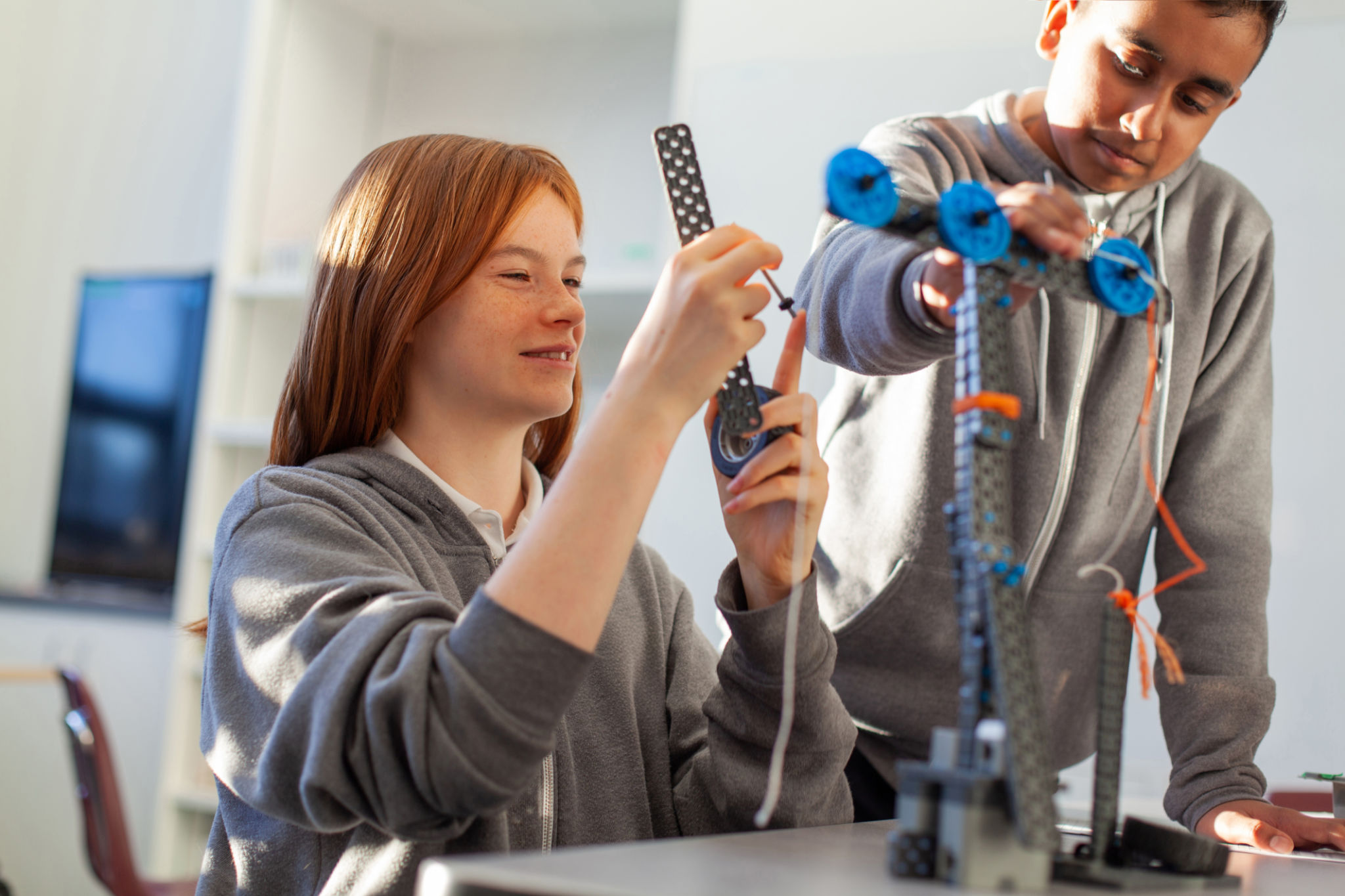How Art Activities Can Enhance Math Skills and Confidence
The Intersection of Art and Math
At first glance, art and math might seem worlds apart. Art is often associated with creativity and expression, while math is seen as logical and structured. However, these two fields share a closer relationship than one might think. Engaging in art activities can significantly enhance math skills and boost confidence in mathematical abilities.
When students participate in art, they naturally engage with mathematical concepts such as geometry, symmetry, and measurement. By exploring these concepts in a creative setting, they can develop a deeper understanding of math principles. This connection allows students to approach math with a fresh perspective, making it more relatable and less intimidating.

Developing Spatial Awareness
Spatial awareness is a crucial component of both art and math. When creating art, students often work with shapes, lines, and spaces, which helps them to visualize and manipulate objects in their minds. This skill is directly applicable to geometry, where understanding the properties and relations of points, lines, surfaces, and solids is essential.
For example, activities like drawing or sculpting require students to consider proportions and dimensions, enhancing their ability to comprehend spatial relationships. This improved spatial awareness translates to better performance in tasks like solving geometric problems or graphing equations.
Building Problem-Solving Skills
Art projects often present challenges that require creative problem-solving, a skill that is equally valuable in math. When working on an art piece, students must decide how to achieve their desired outcome using available materials and techniques. This process encourages them to think critically and explore multiple solutions.
Similarly, math problems often have more than one solution path. By honing their problem-solving skills through art, students become more adept at tackling complex math problems with confidence and creativity.

Understanding Patterns and Sequences
Patterns and sequences are fundamental concepts in both art and mathematics. Artists often use repeating patterns to create rhythm and harmony in their work. Recognizing and creating patterns helps students understand the concept of sequences in math, such as arithmetic and geometric progressions.
Through activities like weaving, tessellation, or even music composition, students can explore patterns in an engaging manner. This hands-on experience reinforces their ability to identify patterns within mathematical contexts, aiding them in subjects like algebra and calculus.
Boosting Confidence through Creativity
Perhaps one of the most significant benefits of integrating art with math education is the boost in confidence that students experience. Art allows students to express themselves without the fear of being wrong. This positive experience can translate into a more confident approach to math, where students feel more comfortable exploring solutions.

By encouraging creativity within math lessons through art activities, educators can foster an environment where students are eager to learn and experiment. This shift in mindset can transform a student's perception of math from daunting to exciting.
Incorporating Art into Math Education
To effectively integrate art into math education, teachers can employ several strategies:
- Incorporate drawing or painting into lessons about shapes or symmetry.
- Use sculpting or modeling to explore volumetric concepts.
- Implement music or rhythm exercises to teach pattern recognition.
By blending these disciplines, educators can create a more dynamic learning experience that appeals to diverse learning styles, ultimately enhancing students’ mathematical proficiency and confidence.
